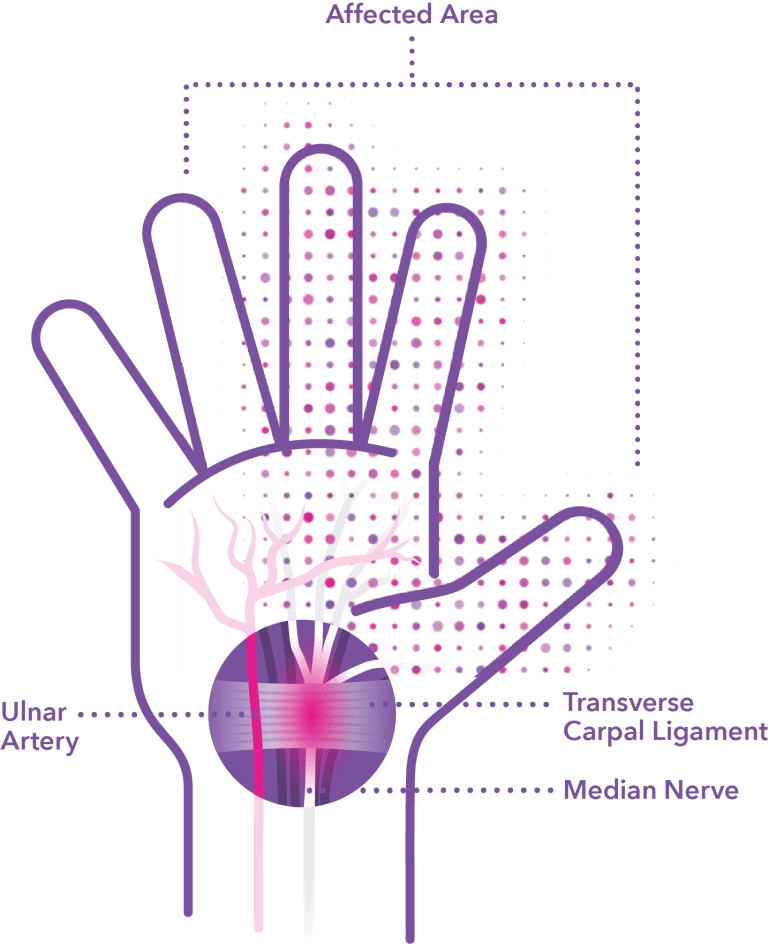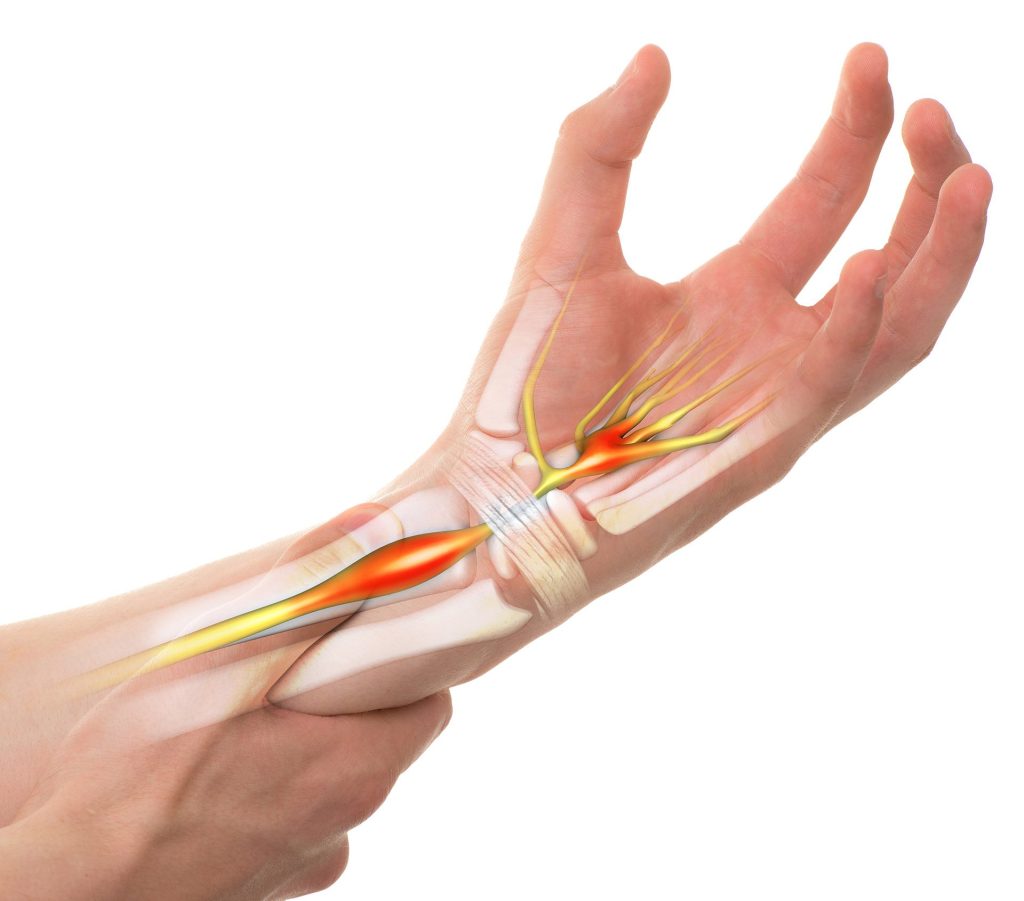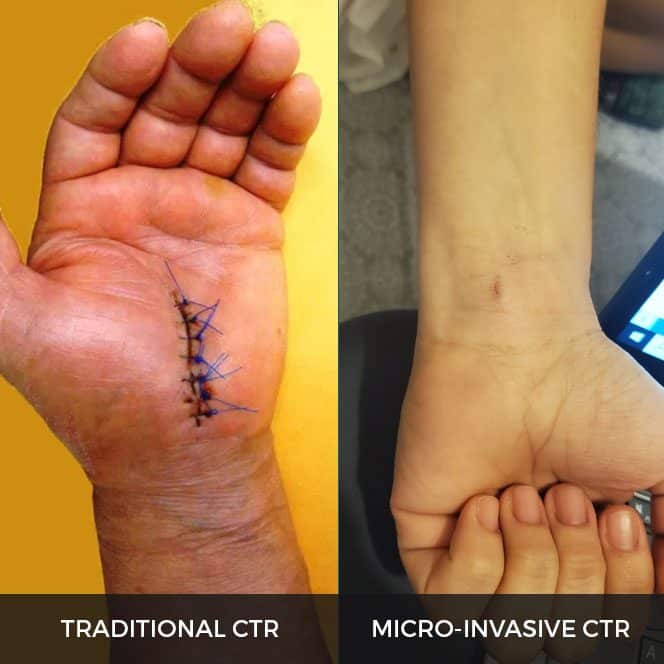SAME DAY CARPAL TUNNEL SCREENING
Carpal Tunnel Syndrome, symptoms, and treatment.
A New Way to Treat Carpal Tunnel Syndrome for Faster Recovery
Now there is an alternative surgical option—Carpal Tunnel Release with UltraGuideCTR™ and real-time ultrasound guidance.
Get out of pain, back to work, and back to life!
CTR using ultrasound guidance relieves the symptoms of carpal tunnel syndrome while minimizing recovery time. Most patients can return to work and the activities they love in 3-6 days.
Performing CTR with ultrasound guidance allows most patients to enjoy immediate motion so they can focus on getting back to their lives and the activities they love. If you have carpal tunnel syndrome and are considering a surgical procedure, carpal tunnel release with UltraGuideCTR and real-time ultrasound guidance may be right for you.
Significant Benefits
- Most patients can return to work and the activities they love within 3-6 days
- Performed in a procedure room or office setting
- Typically performed using local anesthesia
- Micro incision typically closed without sutures
- Aspirin or Ibuprofen typically used for pain management
- Postoperative therapy typically not required
- Immediate motion of the hand for rapid recovery

What is Carpal Tunnel Syndrome (CTS)?
Carpal Tunnel Syndrome (CTS) is a common condition that affects an estimated 13 million Americans that causes pain, numbness, and tingling in the hand and arm. The condition occurs when one of the major nerves in the hand—the median nerve—is compressed as it travels through the wrist. The median nerve controls movement in the thumb and feeling in the thumb and first three fingers. It runs down the arm and forearm, passes through the carpal tunnel at the wrist, and goes into the hand.
If you have CTS, your fingers may feel swollen and stiff even though they are not noticeably swollen. You may wake up at night with numb hands that you must “shake out” before going back to sleep. During the day, your hands and fingers may tingle, and you could experience reduced grip strength. In some untreated cases of CTS, hand muscles have been known to atrophy. Others experience an inability to distinguish cold or hot using their fingers or palm. Ultimately, people with neglected, severe carpal tunnel syndrome may lose had function and will often require surgery
Causes of Carpal Tunnel Pain
- Congenital predispositions, such as the carpal tunnel being narrower than normal
- Work stress (spending hours at a keyboard, constant use of vibrating, hand-held devices/tools, assembly/piecework)
- Tumor or cyst within the carpal tunnel canal
- Sprain or fracture to the wrist that induces swelling
- Menopause or pregnancy-related fluid retention
- Certain diseases have also been correlated with development of carpal tunnel syndrome, such as hypothyroidism, osteoarthritis, diabetes, and autoimmune disorders.

How Long Is Recovery?
After the procedure, you’ll be able to resume activities as tolerated. Most patients will have immediate motion so they can focus on getting back to their lives and the activities they love within 1-4 days.
What to Expect?
Most patients are pleasantly surprised at how simple carpal tunnel release is with UltraGuideCTR™ and real-time ultrasound guidance. The procedure is performed under local anesthesia in office and there is only a micro incision made in the wrist. Most patients find pain minimal. On a scale of 0 to 10 (0=No Pain; 10=Worst Possible Pain), patients had an average pain rating of 1.52 out of 10.


